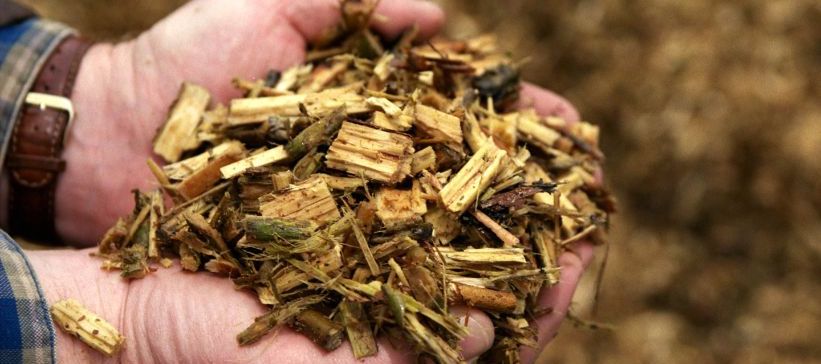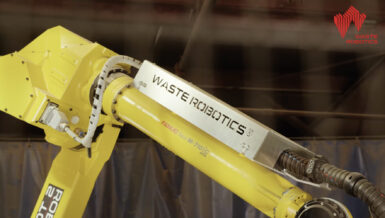This shift raises an essential question for recycling professionals and waste processors: Are shredders replacing grinders, and why?
Understanding Grinders and Shredders
Grinders and shredders are both used to reduce the size of wood waste, but they operate in fundamentally different ways. Grinders use high-speed rotating cutting mechanisms, often with hammermill or knife-style configurations, to pulverize wood waste into finer particles. This makes them particularly effective for producing uniform materials for applications such as mulch, biomass fuel, and animal bedding.
Conversely, shredders operate at lower speeds and rely on a shearing mechanism to break down materials. Single-shaft or dual-shaft configurations produce coarser output and can process a broader range of materials, including contaminated wood waste that might damage a high-speed grinder.
Why Shredders Are Gaining Popularity
In recent years, there has been a noticeable shift towards shredders for several reasons:
- Durability and Maintenance: Shredders’ primary advantages are their ability to handle tough, mixed, or contaminated wood waste with less wear and tear. Grinders require frequent maintenance due to the high-speed impact forces that wear down hammers and knives.
- Energy Efficiency: Shredders operate at lower speeds and consume less energy than high-speed grinders. This can be a significant advantage for companies seeking to reduce operational costs and environmental impact.
- Versatility: Shredders can process various materials, including pallets, stumps, construction debris, and some treated wood. This flexibility makes them attractive to businesses that deal with variable waste streams.
- Safety and Noise Reduction: High-speed grinders pose a greater risk of fire and explosion, especially in dry environments or when processing wood dust. Additionally, their operation generates more noise than shredders, which can be a concern in urban or regulated areas.
Where Grinders Still Excel
Despite the rise in shredder adoption, grinders continue to hold an important place in wood waste processing. They excel in applications that require finely ground material, such as biomass fuel production and certain types of mulch. Grinders processing clean wood waste offer faster throughput and a more uniform product, which can be essential for specific industries.
Grinders are also more effective when dealing with high volumes of homogeneous wood waste. Forestry operations, sawmills, and wood pellet manufacturers often prefer grinders because they can quickly reduce large amounts of material to a desired size.
Industry Adoption and Future Trends
Many businesses are not necessarily replacing grinders with shredders but are instead integrating both technologies into their operations. Some facilities use a shredder as a primary reduction step, breaking down large, mixed, or contaminated wood waste before sending the material through a grinder for final processing. This two-stage approach maximizes efficiency while extending the lifespan of grinding equipment.
Additionally, technological advancements are blurring the lines between shredders and grinders. Hybrid machines that incorporate elements of both technologies are emerging, offering high-speed processing with greater durability and versatility.
Conclusion
While shredders are increasingly used in wood waste processing, they are not replacing grinders. Instead, they complement traditional grinding operations, particularly in industries with priorities for durability, versatility, and energy efficiency. For businesses involved in wood waste recycling, the best approach often involves evaluating material types, processing needs, and long-term cost efficiency when choosing between shredders and grinders—or, in many cases, using both.








